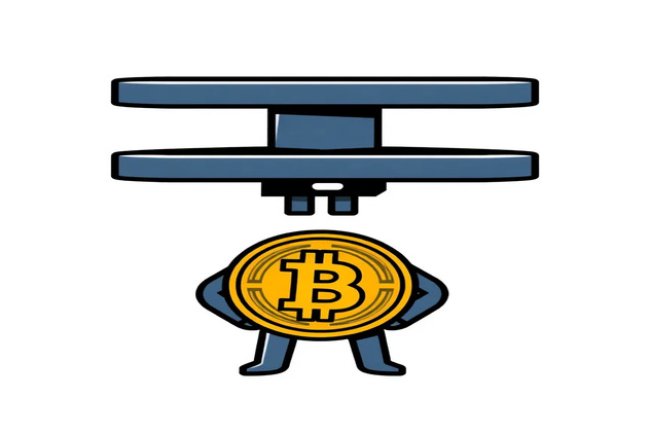Chainlink Integrates with Bitcoin L2 Spiderchain for BTCFi
Chainlink partners with Botanix Labs to integrate data feeds and enhance interoperability for Bitcoin Layer 2 solution Spiderchain, advancing BTCFi.

Ethereum's leading oracle provider, Chainlink, is expanding its influence in the burgeoning BTCFi (Bitcoin Finance) ecosystem.
Partnership with Botanix Labs
Botanix Labs, the team behind the EVM-compatible Bitcoin Layer 2 solution, Spiderchain, is integrating Chainlink’s data feeds. This integration aims to facilitate inter-blockchain communication within the EVM landscape.
- Chainlink Scale Program: As part of this collaboration, Botanix is joining the Chainlink Scale program, which provides gas grants to help onboard new blockchains and cover the initial operational costs of their oracle networks.
Cross-Chain Interoperability
Spiderchain is also adopting Chainlink’s Cross-Chain Interoperability Protocol (CCIP), designed to enable programmable transfers of tokens and data across various blockchains.
- Quote from Chainlink: Johann Eid, Chief Business Officer at Chainlink Labs, stated, “Botanix is the first Bitcoin layer-2 to join Scale, marking a significant step in assisting its developers to create secure, scalable, and fully-featured decentralized applications on Bitcoin.”
Innovations in BTCFi
Spiderchain aims to utilize Bitcoin natively across numerous EVM-compatible decentralized applications, diverging from Bitcoin's traditional non-fungible UTXO (unspent transaction output) model and embracing Ethereum's more flexible account model.
- Redefining Bitcoin's Role: This represents a gradual redefinition of Bitcoin’s image, which has primarily been seen as a digital gold-like reserve asset due to its lack of smart contract capabilities.
Unique Chain Design
The name "Spiderchain" reflects its unique design. According to Botanix’s documentation, the chain operates as a permissionless network of multisig wallets, secured by a randomized subset of participants known as orchestrators.
- Orchestrators' Role: Orchestrators must deposit BTC into multisig wallets as an escrow bond to participate in consensus and must run both a Bitcoin and Spiderchain node.
Decentralized Sequencer
From the outset, Spiderchain will employ a decentralized sequencer. By leveraging Bitcoin’s Taproot upgrade, Spiderchain can support a larger network of multisigs on the Bitcoin parent chain without the need for soft forks.
What's Your Reaction?















